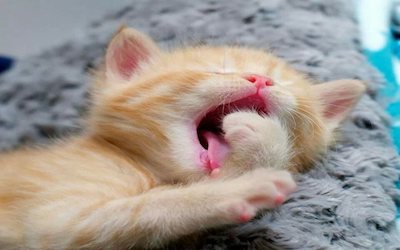PTE考生目前最大的问题之一就是练习题缺乏。除了有限的基本官方书(PLUS,Testbuilder, OG)之外
就没有题了。很多英语基础不是很扎实的同学很难找到练习材料。悉尼文波雅思PTE培训学校专门为澳洲,尤其是悉尼、墨尔本的PTE考生准备了适合PTE听力阅读练习的科学60秒。各位PTE同学可以练习PTE听力中的summarise spoken text和PTE口语中的retell lecture,PTE听力口语-科学60秒-Frosty Moss练习记笔记技巧和复述。废话少说,下面开始:
听力内容:
60秒科学节目(SSS)是科学美国人网站的一套广播栏目,英文名称:Scientific American – 60 Second Science,节目内容以科学报道为主,节目仅一分钟的时间,主要对当今的科学技术新发展作以简明、通俗的介绍,对于科学的发展如何影响人们的生活环境、健康状况及科学技术,提供了大量简明易懂的阐释。
This is Scientific American — 60-Second Science. I’m Christopher Intagliata.
Not many scientific studies begin like this: “Many hours of watching YouTube clips. Trying to find as many yawns as possible.” But for Andrew Gallup, an evolutionary psychologist who studies yawning at the State University of New York, it was all in a day’s work.
Gallup says yawns have traditionally been known as a sign of sleepiness, or boredom. “But recent evidence suggests that yawning may function to promote brain cooling.” The idea being, when you breathe in deeply, the incoming air slightly cools the brain. And stretching the jaw increases blood flow to the brain too — another cooling factor. Reason we do it at night? “At night time when we’re about to go to sleep our brain and body temperatures are at their highest point throughout the day, and that’s when we see the highest frequency of yawning.”
And so Gallup and his colleagues found themselves hunting for cat videos on the internet (cat yawning sound) — along with clips of dogs, foxes, elephants, gorillas, hedgehogs, squirrels, rats, and walruses yawning. They timed all those yawns — and then compared them to each species’ average brain weight, and the number of neurons in the cerebral cortex.
Their conclusion, published in Biology Letters, was that the length of a yawn was a remarkably good predictor of an animal’s brain weight, and cortical neuron number — regardless of the size of its skull, or jawbone. “What that really represents is that yawning likely serves this very basic, and fundamental neurophysiological function.” In other words — it helps the brain keep its cool.
Thanks for listening for Scientific American — 60-Second Science Science. I’m Christopher Intagliata.
墨尔本悉尼文波PTE原创首发
更多精彩请持续关注微信wenbo_tv2。





